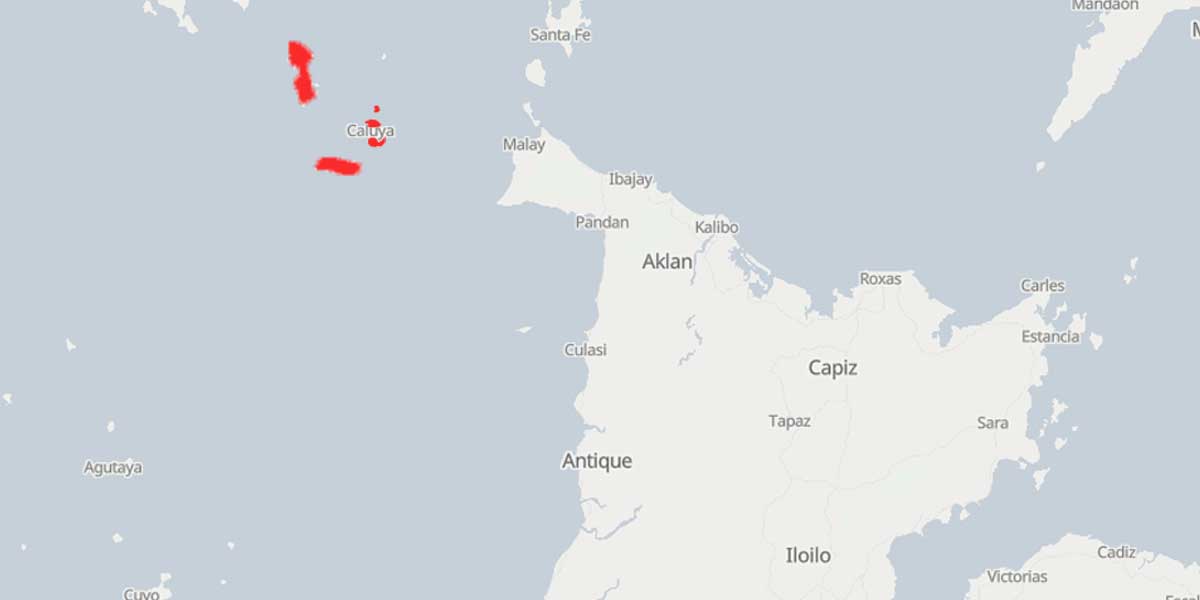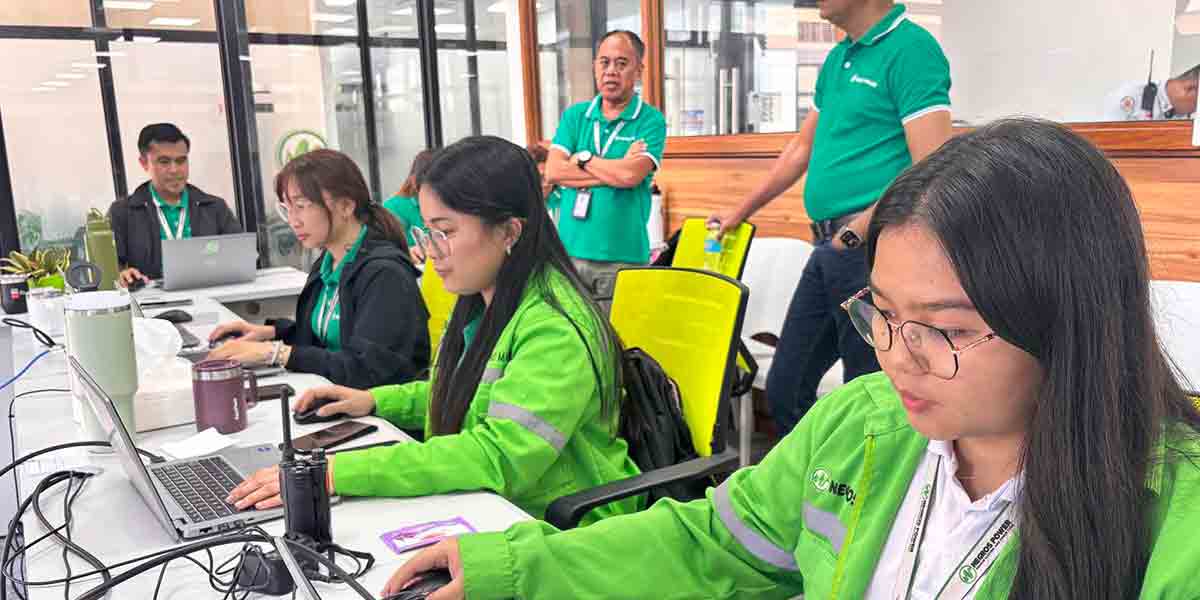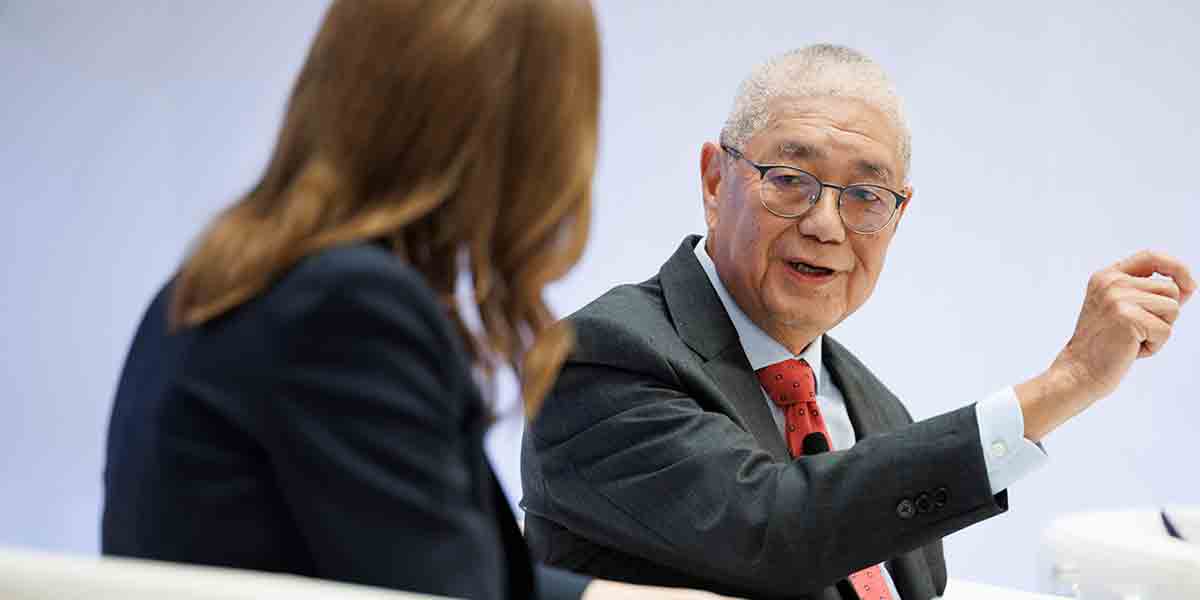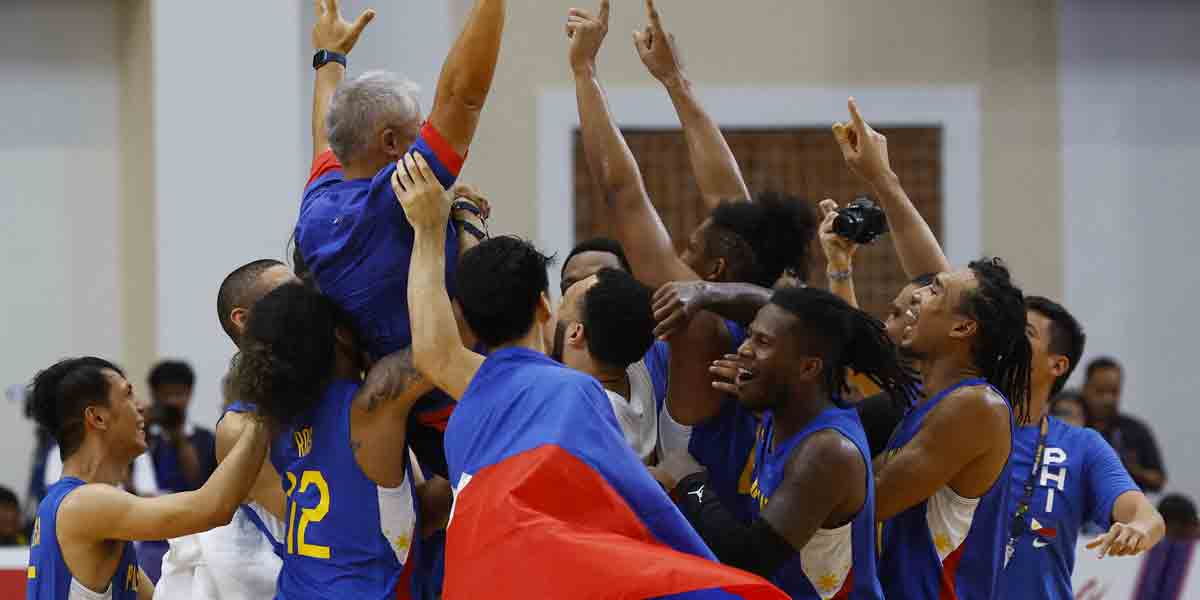 By Herbert Vego
By Herbert Vego
THE Department of Health (DOH) has issued a stern warning against alleged misinformation in the social media that tend to erode public confidence in said office.
DOH Undersecretary Dr. Maria Rosario Singh-Vergeire might have been correct in cautioning the public against non-prescribed anti-Covid cure and prophylaxis, but whom could we turn to when she herself as a physician could not prescribe the correct medicine?
Strange as it seems, even the World Health Organization (WHO) refuses to answer. They simply ask us to be inoculated with whichever vaccine creeps within reach.
So what if it’s the Philippine government itself on the receiving end of public scrutiny? It is no secret that it has been caught purveying “fake news”. No less than the management of Facebook has removed 57 Facebook and 20 Instagram accounts for being “trolls” of a top Filipino politician.
Who is to judge with finality the surge of anti-vaccine opinions on social media? Some of them spill out of renowned doctors’ brain from various nations.
As I said in a previous column where I revealed my 12-day hospitalization due to Covid-19, I was desperate for the right medicines. So far, so bad if you ask me for my assessment of the DOH and the World Health Organization (WHO). They are so obsessed with “propagandizing” vaccines that they have never endorsed any anti-Covid drugs. Patients live or die at the mercy of their hospital-assigned doctors.
In that column, I ran short of naming the hospital and the doctors who attended to me. I would not want them dragged to public scrutiny. This time, however, let me be more specific with how I fought the disease with the help of an infectious disease specialist and three other doctors.
On my first day of isolated confinement, the specialist expressed hope of restoring my health with the use of the antiviral intravenous drug Remdesivir – starting with 200-mg loading dose on day 1, followed by 100 mg daily for up to 9 additional days. All that would cost me P73,000, but not a centavo chargeable to Philhealth because the drug does not have the imprimatur of the Food and Drug Administration (FDA).
But here’s the rub that scared me: I had to sign a waiver absolving the hospital and the doc of any responsibility. I remembered the so-called Murphy’s Law that says, “Anything that can go wrong will go wrong.”
I suppressed my fear anyway and signed the waiver despite my awareness that not all patients treated with Remdesivir had survived.
While waiting for my first dose, I frantically tried to connect with two doctor friends for advice via text messages. It was not ethical for them to intervene, but one of them could “smuggle” into my room the cheaper but FDA-disapproved Ivermectin capsules as an adjunct. I would have to swallow only one 15-mg capsule a day for seven days. I did.
The price was nothing to worry about. Ivermectin was still selling at P35 per capsule despite its scarcity. I intend to write lengthier on this controversial drug next time.
That first night in the hospital, as my better half was anxiously watching the prescribed drug flow into my veins along with the dextrose, I wondered whether I would feel better the following day. Until then my only symptoms were diminishing appetite and physical haggardness.
On the morning of day 2, I complained about heart palpitation and creeping skin itch which I attributed to Remdesivir. I also asked to be detached from the oxygen tank because I was still breathing easily.
Doc agreed to replace Remdesivir with a gentler oral substitute known by the brand name Favivir 200, provided I sign another waiver. I had to take eight tablets a day for two weeks.
My disease never went beyond “mild”. To the nurses’ surprise, my vital signs – blood pressure, oxygen level, respiration and pulse – remained normal.
On the 12th day, my doctors congratulated me for my full recovery; all four of them signed my release papers.
Please don’t ask me what drug had cured me. Remdesivir, Favivir 200 or the lowly Ivermectin?
I can’t tell. But I owe it all to God for leading me to the right direction.
NOTHING WRONG WITH THE CITY COUNCILORS
LAUDABLE it was that three of the 13 councilors of Iloilo City – namely Candice Magdalene Tupas, Mandrei Malabor and Eduardo Peñaredondo — refused to accept a brand-new pickup truck from the city government, citing the Covid pandemic as a more deserving problem to prioritize.
“I personally think that the budget for it can be used for more health programs that are much needed at this time,” Tupas told the media.
I agree with her personal decision, especially because she owns swankier private vehicles. But does it follow that the willing receivers — namely Lyndon Acap, Romel Duron, Ely Estante, Rudolph Ganzon, Carlos Javellana and Alan Zaldivar — are “wa-ay huya”?
Of course not; they have not violated a law. So, what should they be answerable for?
It may be argued that the health emergency would even make them more deserving of the tools needed to serve their constituents faster and more efficiently – as in rushing a diseased or crime victim to a hospital.
Each government vehicle is “for official use only” during the incumbency of its authorized user. Abusing it for personal use could render its temporary occupant legally liable.
Iloilo City is a highly urbanized city. Assuming each councilor draws a conservative one million pesos per year in salary and allowances, why blow a P1-million truck out of proportion? It would take at least ten years of careful driving before a brand-new truck “retires”.
AN ACE IN HEALTH CARE
IT pleased us to have former Congressman Ferj Biron as a guest on our radio program “Tribuna sang Banwa” (Aksyon Radyo, Sunday, 12:15 to 1:15 p.m.).
We could understand the excitement of show host Neri Camiña when Dr. Biron revealed that the 200-bed Allied Care Experts Medical Center-Iloilo Inc. (ACEMC Iloilo) is opening soon. Neri is a part-owner, having invested in the hospital’s shares of stocks.
A doctor of medicine, Biron is the hospital’s chairman of the board. The board also counts on the participation of other prominent and dependable Ilonggo doctors motivated by the passion to bring a compassionate healthcare service.
If I am not mistaken, it has been six years since construction started on a corner lot at Sambag, Jaro, Iloilo City. The Covid-19 pandemic has obviously set back its groundbreaking-to-opening timetable.
“We aim to be the nation’s hospital of choice,” Biron enthused, “by providing optimal care from a team of leading health experts with cutting-edge hospital facilities. We carefully consider every detail in the design and construction of ACE to ensure a most comfortable and safe patient journey.”
Biron’s concept of patient-centered and family-orientated health care is one that provides an environment of healing, familiarity, modern conveniences, privacy, comfort and quiet respite while also allowing for personal and private communication between the patient’s family and the medical team. ACE would be home to outstanding medical experts, competent allied health care professionals and support services in the entire region.
Neri’s daughter Nermi – having personally visited the new hospital to claim dad’s certificate of stocks – told us that its state-of-the-art facilities reflect a sense of personalized caring, accessibility and unexpected amenities.
Hmnnn, Katribu Neri, daw ma-invest man ako ah.
DEMONSTRATION OF POWER SYNERGY
POWER outages are no excuse for two power firms to perform parallel remedial actions. This we discovered for ourselves during times when brownouts in Iloilo City have to be intentionally scheduled at the least damaging moments.
The brownouts last Saturday (6:30 a.m. to 12:00 noon) and yesterday (6:30 a.m. to 6:00 pm.) as scheduled by the power transmission firm, the National Grid Corporation of the Philippines (NGCP), afforded Iloilo City’s power distributor, MORE Power, to collaborate in preventive maintenance work.
We saw technical men from both power firms working side by side from pole to pole Saturday, thus minimizing the time needed to restore electricity. On the part of MORE, it succeeded in replacing three old wooden poles with 40-foot concrete ones and installed four additional 30-ft. concrete poles; and replaced 17 wooden cross-arms with tougher steel.
The only way for both MORE and NGCP to run unimpeded is to upgrade their facilities, as in junking old facilities and installing new and high-tech replacements.
The entry of MORE into the power game, one recalls, is a result of the operation of law (RA 11212), mandating the company to expropriate the facilities of predecessor Panay Electric Co. (PECO) after winning the bid to distribute power in Iloilo City for the next 25 years.
As stated in Section 10 of that law, “The grantee may acquire such private property as is actually necessary for the realization of the purposes for which this franchise is granted, including but not limited to poles, wires, cables, transformers… Provided, that proper expropriation proceedings shall have been instituted and just compensation paid.”
Meanwhile, MORE President Roel Z. Castro reiterates his call to the thinning number of power pilferers to “legalize” now because it’s easier to apply for connection; they would only be required to accomplish an application form, government-issued identification card, barangay certificate of residency, permit for temporary service connection with electrical plan and vicinity, and oath undertaking for informal settlers.

























